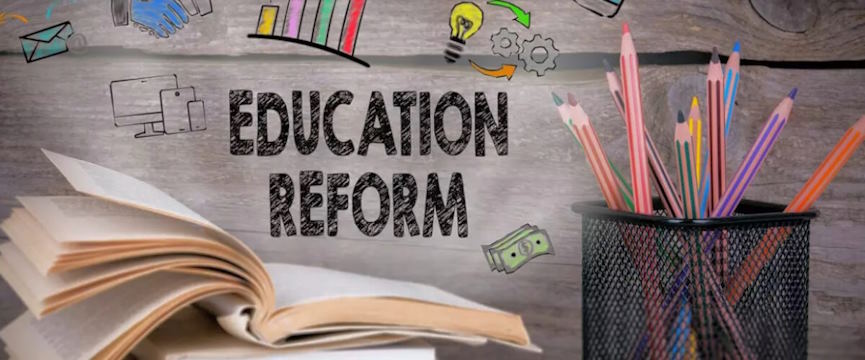In the ever-evolving landscape of education, pursuing excellence remains an enduring endeavor. Our schools, colleges, and universities stand as pillars of societal progress, shaping the future of nations and individuals alike. Yet, a lot of debates persist: Is it essential to conduct reform to improve education?
How can reform influence education?
Reform can profoundly influence education, shaping the quality, effectiveness, and equity of educational systems. Here are several ways in which reform can impact education:
Improved Quality of Education
Educational reforms often aim to enhance the quality of teaching and learning. They may introduce updated curriculum standards, promote research-based teaching practices, and emphasize continuous professional development for educators. As a result, students receive a more robust and relevant education.
Enhanced Student Outcomes
Effective reforms can lead to improved student outcomes, including higher test scores, better graduation rates, and increased readiness for further education or the workforce. By implementing evidence-based strategies and assessments, reform efforts can help students achieve academic success.

Closing Achievement Gaps
Educational reforms often target achievement gaps, aiming to reduce disparities in educational outcomes among different student groups, such as those based on race, income, or disability. By addressing these gaps, reform can promote greater equity in education.
Modernization of Teaching and Learning
In response to changes in society and technology, reforms can modernize teaching methods and learning resources. For example, the integration of digital technology and online resources can transform how students learn and engage with educational content.
Parent and Community Engagement
Reform efforts often emphasize the importance of involving parents and communities in education. By fostering strong partnerships, schools can create a supportive environment that benefits students and promotes success.
Resource Allocation
Reforms can lead to changes in resource allocation, ensuring that funding is distributed more equitably and efficiently. It may involve reallocating resources to schools in high-need areas or providing additional support to schools serving disadvantaged students.
It’s important to note that the influence of educational reform can vary based on the nature of the reform, its implementation, and the context in which it occurs. Effective reform efforts require careful planning, stakeholder collaboration, and ongoing evaluation to ensure their intended positive impact on education.









